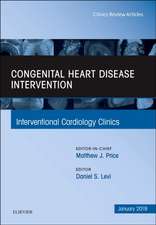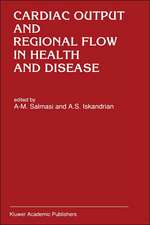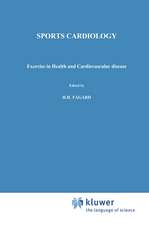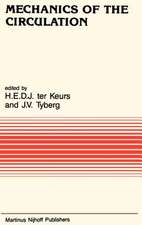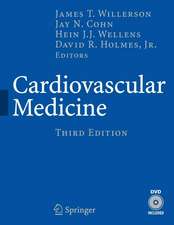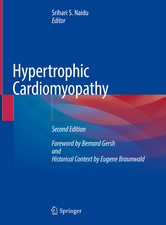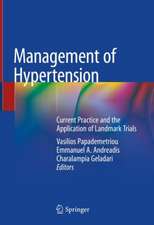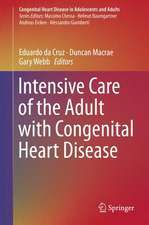What’s New in Electrocardiography
Editat de Hein J.J. Wellens, H.E. Kulbertusen Limba Engleză Paperback – 31 iul 1981
Preț: 724.50 lei
Preț vechi: 762.64 lei
-5% Nou
Puncte Express: 1087
Preț estimativ în valută:
138.63€ • 145.52$ • 115.07£
138.63€ • 145.52$ • 115.07£
Carte tipărită la comandă
Livrare economică 10-24 aprilie
Preluare comenzi: 021 569.72.76
Specificații
ISBN-13: 9789024724529
ISBN-10: 902472452X
Pagini: 400
Ilustrații: 395 p.
Dimensiuni: 170 x 244 x 21 mm
Greutate: 0.64 kg
Ediția:Softcover reprint of the original 1st ed. 1981
Editura: SPRINGER NETHERLANDS
Colecția Springer
Locul publicării:Dordrecht, Netherlands
ISBN-10: 902472452X
Pagini: 400
Ilustrații: 395 p.
Dimensiuni: 170 x 244 x 21 mm
Greutate: 0.64 kg
Ediția:Softcover reprint of the original 1st ed. 1981
Editura: SPRINGER NETHERLANDS
Colecția Springer
Locul publicării:Dordrecht, Netherlands
Public țintă
ResearchCuprins
1. Prognostic significance of the electrocardiogram in patients with coronary heart disease.- 2. Correlation between electrocardiographic and scintigraphic findings in myocardial infarction.- 3. Assessment of the value of electrocardiographic signs for myocardial infarction in left bundle branch block.- 4. Electrocardiographic diagnostic dilemmas in myocardial ischemia and infarction.- 5. Electrocardiographic diagnosis of myocardial infarction in pacemaker patients.- 6. Relation between exercise electrocardiogram and extent of coronary artery disease.- 7. Prognostic value of limited exercise testing before hospital discharge following myocardial infarction.- 8. Approach to the patient with bundle branch block.- 9. The value of the electrocardiogram in diagnosing site of origin and mechanism of supraventricular tachycardia.- 10. The short PR internal.- 11. The differentiation between ventricular tachycardia and supraventricular tachycardia with aberrant conduction: the value of the 12-lead electrocardiogram.- 12. Relation between site of origin and QRS configuration in ventricular rhythms.- 13. Torsade de Pointes.- 14. Electrocardiographic diagnosis of pacemaker malfunction.- 15. Electrocardiographic changes occurring with advancing age.- 16. The electrocardiogram in digitalis intoxication.- 17. Holter monitoring and cardiac rhythm.- 18. The electrocardiogram in pulmonary embolism.
Recenzii
`The title What's New in Electrocardiography makes it almost inevitable that anyone who has to deal with electrocardiography will at least take this book down from the shelf. ...a book of real merit which should save the practicing physician a considerable amount of time by providing, under one cover, information which otherwise could only be obtained with difficulty via the scrutiny of many scientific journals.'
Clinical Cardiology (1982)
Clinical Cardiology (1982)

